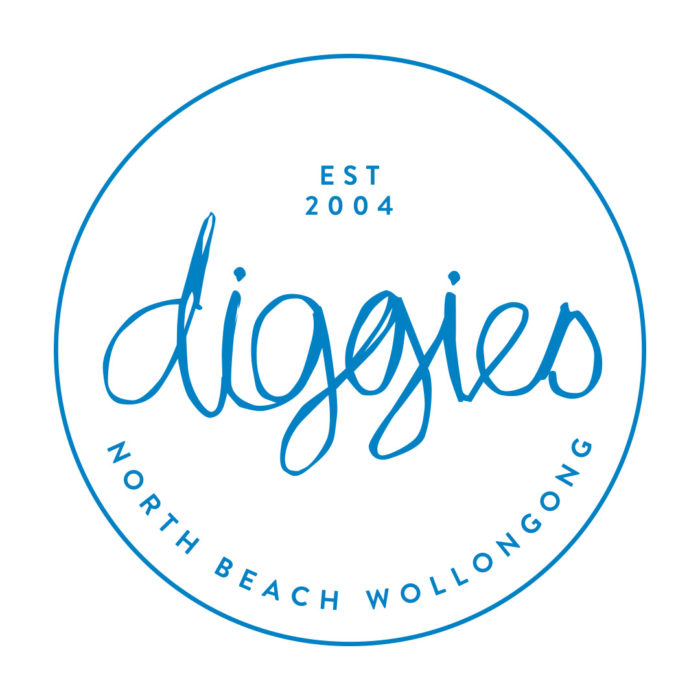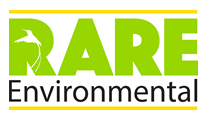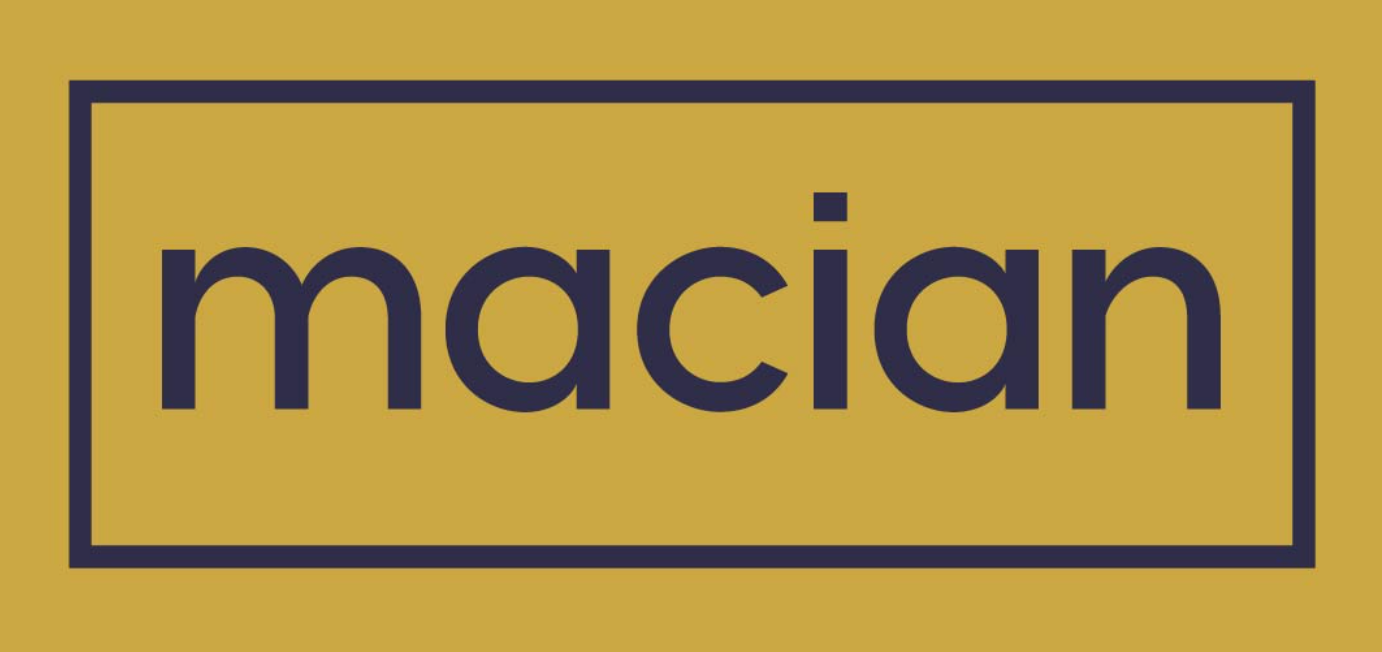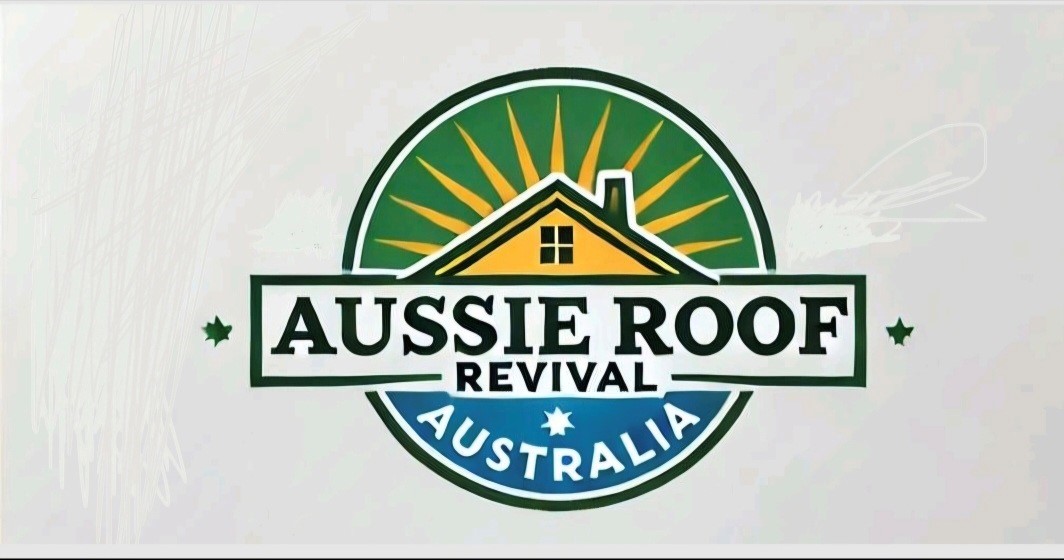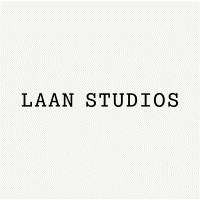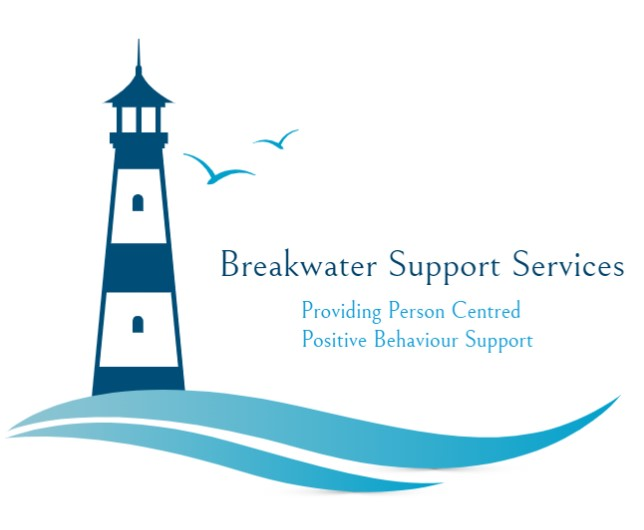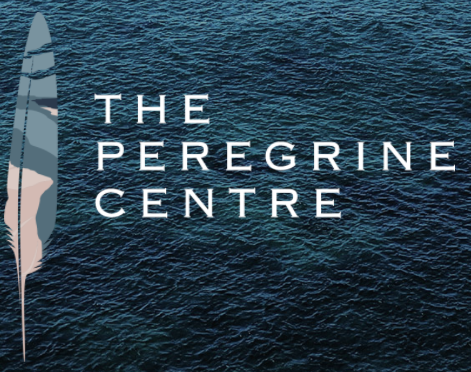The Sustainable Buildings Research Centre (SBRC) at the Innovation Campus is leading the way towards a restorative future. Centre director, senior professor Paul Cooper reveals its incredible living building and transformational research it enables.
Buildings have major economic, environmental and social impacts on communities and the planet, and up to half of all greenhouse gas emissions are attributable to their construction and use. At the SBRC, our focus is on research and industry collaboration to improve the performance of new and existing buildings and assist in the rapid decarbonisation of the built environment.
In planning the Centre’s home we sought to go way beyond the existing 6 and become a catalyst for other building owners and designers to look beyond current best practice well into the future.
We adopted the Living Building Challenge (LBC) regenerative design framework, the world’s most rigorous performance standard that aims to deliver buildings that give back more than they take. Buildings must be self-sufficient and operate within the limits of the site’s natural resources, producing more energy than they use on site. They must connect occupants to light, clean air, food, nature and community.
The SBRC Building has its own solar power plant on the roof. Ground source heat pumps supply heat from the ground in winter and reject heat extracted from the building back into ventilation is at play all year round. Recycled materials feature prominently throughout, and all water, with the exception of drinking water, is sourced and treated on site.
Our world-class facility is a flagship for our research activities and an ideal place to test and demonstrate new technologies in partnership with industry. We see it as a ‘living laboratory’; a diverse array of technologies are already embedded in the structure of the SBRC, and we offer companies a unique opportunity to integrate their own prototypes and products to test them in the real world. We have worked with leading industry partners, including Bluescope and Arens International, to develop and test innovative technologies such as photovoltaic thermal systems and control systems for automated windows. A transpired solar collector is currently being tested on our vertical walls, while a range of products are being trialled on our rooftop test area.
The healthcare sector is a key area in which our researchers are working to improve the wellbeing of older people through evidence-based sustainable buildings research. PhD student Federico Tartarini has collaborated with aged care provider Warrigal to understand the effects of indoor environmental quality on residents with dementia, measuring aspects such as temperature, humidity, noise and light. We now understand, for the first time, how the indoor thermal environment impacts the comfort and behaviour of residents and the staff that care for them. We hope that this new insight could lead to improved guidelines for indoor environment control, building design and technologies in aged care homes and other healthcare facilities.
Also in health, a team of our students collaborated with industry to rethink the approach to designing and building homes to enhance quality of life for older people, particularly those living with dementia. As part of the Solar Decathlon Middle East 2018, team UOW’s Desert Rose House transformed housing development for the elderly by delivering a beautiful, adaptable and sustainable home that supports independent living.
Our research collaborations with industry offer exceptional opportunities for delivering for delivering public good. The launched Energy+Illawarra Project, funded under the Australian Government’s Low Income Energy Efficiency Program, saw our researchers work with industry and the community to develop valuable and accessible resources to demystify and facilitate energy efficiency in the home, without sacrificing comfort or wellbeing.
As plans advance for the Innovation Campus Health and Wellbeing Precinct – including a significant residential and aged care focus – we hope to apply what we have learned in sustainability in the healthcare sector and extend the concept of the living laboratory throughout this important new development.



